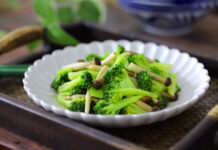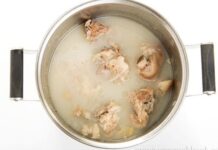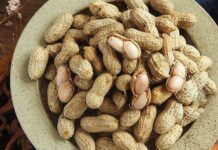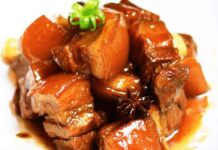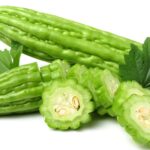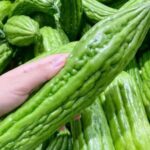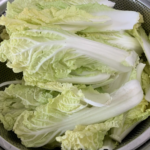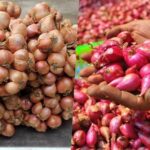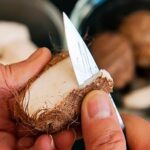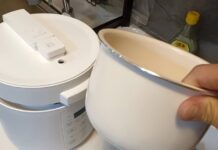Preparation:
– 400g Napa cabbage (or Chinese leaf), 100ml rice vinegar, salt.
Method:
Start by picking over the Napa cabbage, discarding any wilted or yellow leaves. Soak the cabbage in a mild salt water solution for 5 minutes. Break off some of the leaves, and rinse thoroughly to remove any dirt.
Note: Whether you’re pickling Napa cabbage, Chinese leaf, or regular cabbage, it’s important to soak the vegetables in salted water to remove dirt, insects, and reduce pesticide residue.
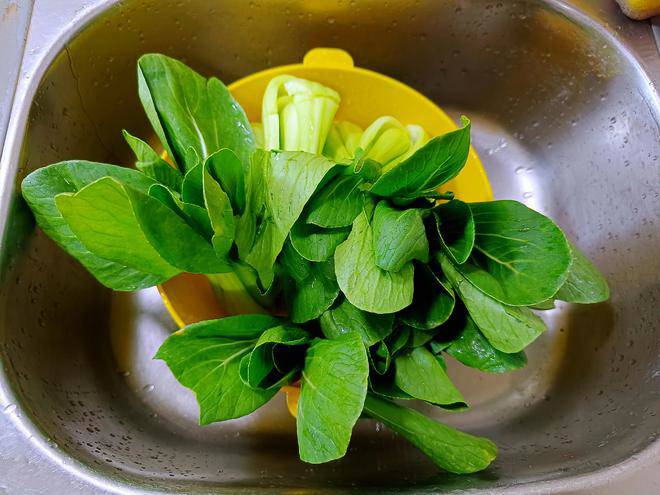
Bring a pot of water to a boil and blanch the cabbage. Remove the cabbage once the leaves start to soften and turn a darker shade of green.

Place the blanched cabbage in a clean bowl and add 100ml of rice vinegar to promote fermentation. The amount of vinegar used will affect the fermentation time; using too much vinegar will result in a longer fermentation process.
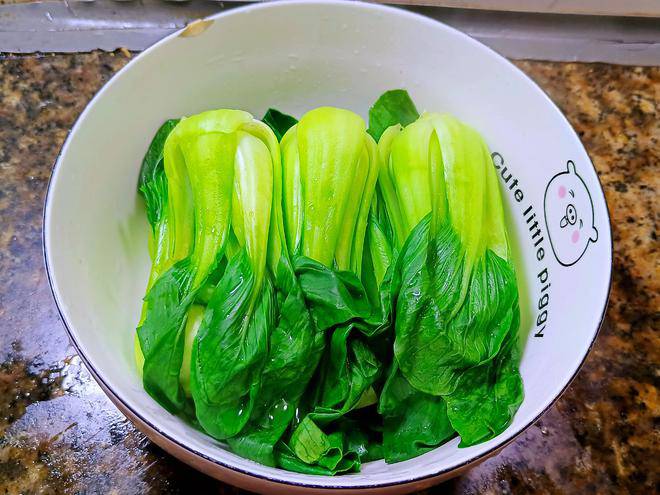
Fill the bowl with cooled blanching water, ensuring the cabbage is fully submerged. Add a pinch of salt and use a plate to weigh down the cabbage, keeping it immersed.
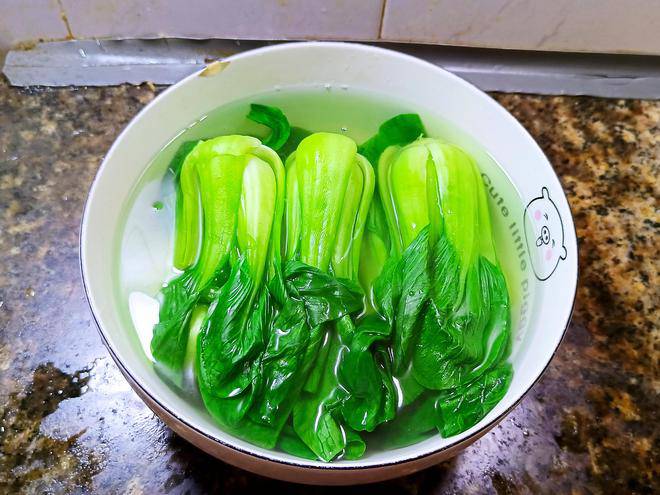
Leave the cabbage to ferment overnight (approximately 8 hours). By the next day, your pickled Napa cabbage will be ready to eat. This method can also be applied to Chinese leaf (which may take up to 24 hours) and cucumber pickles. However, when pickling regular cabbage, it’s best to avoid blanching as it tends to make the leaves soft and mushy.
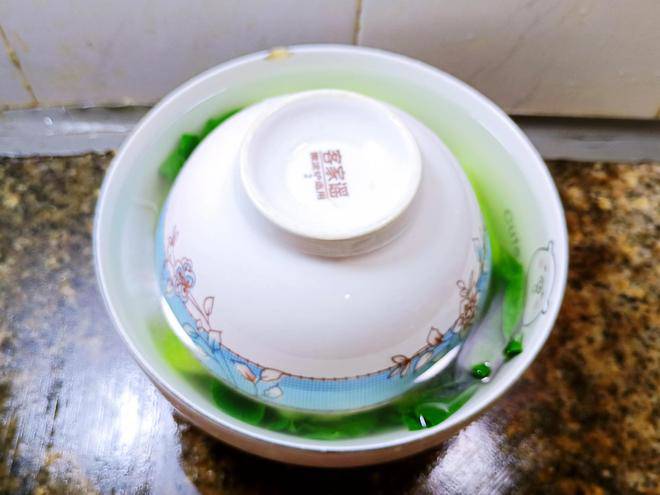
When pickling cabbage (Napa, Chinese leaf, or cucumber), remember to blanch the vegetables and add vinegar during the brining process. This will significantly reduce the time needed for the pickling process.

Happy pickling!
The Secret to Perfectly Stir-Fried Chinese Cabbage: Don’t Make This Common Mistake
“The key to a perfect stir-fry is in the technique. With a few simple tips, you can transform ordinary cabbage into a vibrant, crisp, and mouth-watering dish. Our method ensures your cabbage maintains its color, texture, and flavor, resulting in a delicious and appealing side that’s never dull or tough.”











